

When it comes to computer peripherals, no one takes their equipment more seriously than MMO gamers. That’s why this week we’re going to take a look at two of the top mice geared toward MMORPG players and see which is the better of the two. As someone with relatively small hands, I’ve always had a problem hitting most numbers on a standard keyboard and this can create all kinds of issues when trying to play MMORPGs such as World of Warcraft or Guild Wars.
When I was first introduced to the Razer Naga, back in 2009, I knew my gaming life was going to be changed forever. Having 12 additional buttons within thumb’s reach makes casting spells a breeze, instead of trying to strain to press that 7 or 8. Since then I’ve been using mice tailored towards MMO gaming while playing MMORPGs due to the clear advantage that they provide. The Razer Naga isn’t the only contender in this market, however, as I’ve spent many years with the Logitech G600, which replaced my dying Naga back in 2012. While both mice might be applicable for the job at hand, there can be only one winner.

When it comes to MMORPGs it’s important to be able to hit all of your buttons timely and accurately.
With 20 programmable buttons, the Logitech G600 is a workhorse with the capabilities of delivering more keybind combinations than any standard gamer is ever going to use. It accomplishes this by including 12 thumb buttons, 2 at the top, 3 on the wheel and 3 mouse buttons. The third mouse button can be configured to activate a second function for each other key or to change the DPI settings on the fly; this could potentially provide the user with more than 50 buttons with just the mouse. This is hardly a small feat and can fill all the spell casting requirements for pretty much any game on the market, which frees of the other hands for movement and utility. While the 12 thumb buttons might be confusing at first, the G600 uses a dual-dish thumb panel that makes each button feel distinct in order to minimize misclicks. The only downside to the G600 in regards to design is that it lacks any type of customization and only comes in wired form.
What the Razer Naga lacks in button configuration it more than makes up for in design options. The Razer Naga has gone through several various changes to adapt to consumers over the years. The original Naga has received new mechanical keys, a more ergonomic form factor and a similar thumb grid layout as the G600. Where the Naga takes the lead, however, is the amount of design options available. There’s the original wired Naga, Naga Hex, Naga Epic and special edition for each type. The Naga Hex appeals the MOBA players and only includes 6 easy to reach buttons that are positioned in a hexagon shape where the thumb rests. The Naga Epic provides a wireless gaming experience and has customizable lighting options. Because the Razer Naga fills the same functionality as the G600 while providing additional choices it comes out ahead in the design category.
After owning two Razer Nagas, it has become apparent that there are a few design flaws. One of the biggest issues is that the underside of the Naga is not designed for an environment with any type of dirt or sand. There are all kinds of crevices for dirt, dust and debris to get trapped in which limit its mobility and can hinder the sensor. After just over two years of service the bottom pads on my Razer Naga were almost completely warn off and the mouse clicks weren’t nearly as responsive. Furthermore, it was almost impossible to keep clean and this caused interference with the sensor. The worst part was that the connector eventually failed to make contact and stopped being recognized by my PC altogether. This could have been written off simply as a bad batch, but I’ve noticed similar signs of wear and tear starting to form on my Naga Hex, which is only 6 months old.
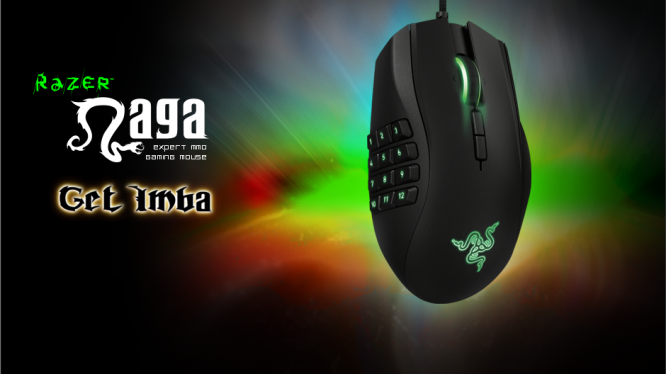
Recent updates to the Razer Naga have increased its performance and ergonomic design.
In a stark contrast, the Logitech G600 has suffered almost no wear and tear at all after two years of use. Likely due to the incredibly simple underside design, there has been little dirt accumulation or pad wear and the sensor is completely spotless despite being in the exact same environment. The mouse and thumb buttons are as responsive as ever and there are no connection issues. When you hold a G600 in your hand it just feels solid and gives a reassurance that it’s going to work when you need it to. The Naga, on the other hand, appears to be designed to be replaced just after its warranty runs out, but I could see the G600 lasting for many years to come.
Both the Naga and the G600 sport an impressive specification sheet with up to 8200 DPI, a tilt-click scroll wheel, 1000Hz ultrapolling, and more than a dozen customizable buttons. Each mouse is clearly capable of accomplishing its respective task, but reliability is key when it comes to performance . The G600 is accurate on almost any surface and especially so when using a quality mouse pad. The Naga is accurate most of the time, but there have been many reported cases of the mouse pointer randomly jumping around or twitching on the screen. I’ve personally experienced both of these issues with my Naga, but there has been absolutely no problem with the G600. This is likely due to issues with the optical lens placement and the dirt that can easily build up underneath a Naga. There were also issues with the older version of the Naga that caused the thumb buttons to not always register, but this has been fixed with the new mechanical switches.
It’s a big red mark when utility software requires account registration before it’s even installed. Generally, people are wary of inputting their email address or creating new accounts and I could definitely do without any more added spam in my inbox. Unfortunately, that’s exactly the first thing Razer Synapse 2.0 makes you do. The purpose is to allow players to store information and configurations in their Synapse Cloud, and while this is a great option there should be a way around for those who simply don’t want to deal with the hassle. On the positive side, the Razer Synapse does include a good array of features including macro management and even allows the tracking of mouse clicks, movement and keystrokes. The downside is that it’s relatively complicated compared to similar software which could turn off some potential users.
On the other hand, the Logitech Gaming Software is much easier to install and use. It might not have as many options as the Razer Synapse, but managing profiles, DPI settings and colors is relatively hassle free. If simple isn’t quite your thing then the Arx Control phone application lets you take it a step further. Profiles can be created and synced to your phone and then changed on the fly. This means that DPI can be dropped significantly in order to increase accuracy and then increased back to normal with a single button press. The Arx Control software also links to any other applicable Logitech products and monitors PC statistics such as CPU, RAM and GPU usage. Which application is better is really up to preference, but what really bring Logitech the win is a 3-year warranty while Razer only offers a 2-year warranty on their mice and only a year if bundled with a keyboard.
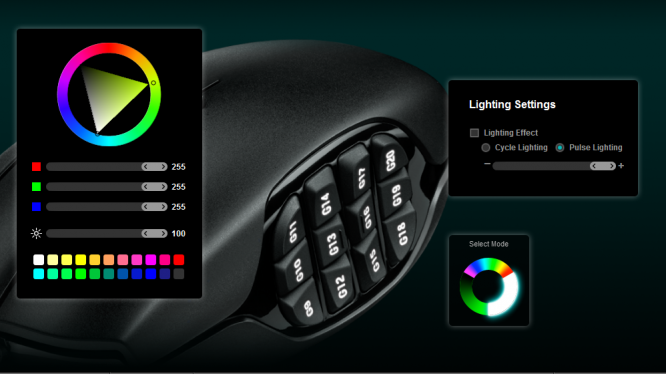
The Logitech Gaming Software is incredibly easy to use and doesn’t require an account to access.
Whether a mouse is comfortable or even ergonomic is really dependent on the user. The Logitech G600 is definitely the bulkier of the two and is likely going to be uncomfortable for anyone with small hands. Both of these mice are more suited for palm grip users, but the width of the G600 can make the third mouse button feel awkwardly out of place while its lengthy design increases the difficulty of reaching all of the thumb buttons. The Naga, however, seems to be built slightly more ergonomically and is more forming to the natural curve of the hand. Additionally, the Naga also has a left-handed version which is an option very few other gaming mice offer. If comfort is a key factor then it’s best to test out each mouse prior to a purchase due to the variety of hand sizes and types of grips.
The Logitech G600 and the Razer Naga are both exceptional mice geared toward MMO players, but there can be only one winner. While the Naga offers significantly more variations and a slightly more ergonomic design it also falls short in the areas that really matter. When it comes down to picking a gaming mouse it’s important for it to be reliable. The G600 is simply more durable, accurate and less prone to daily wear and tear. Add in superior customization software and a longer warranty and it’s really hard to beat. In the battle of the MMORPG mice, the G600 is king.
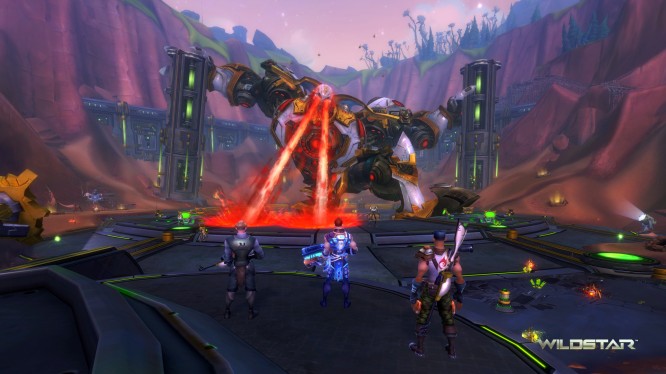
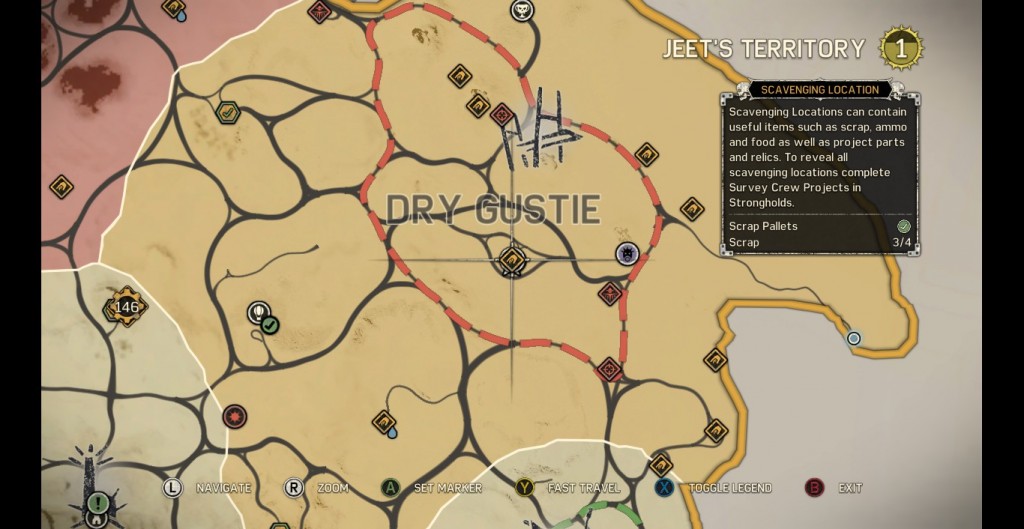
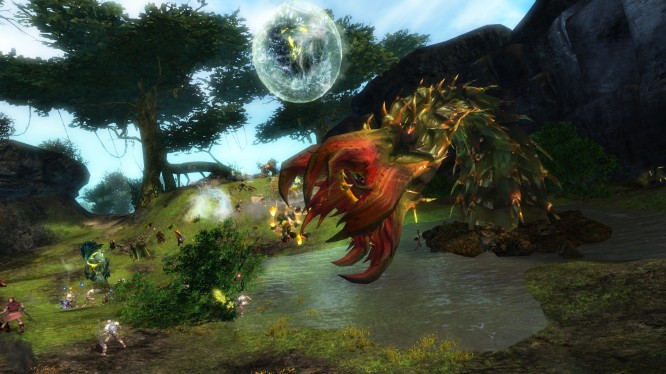
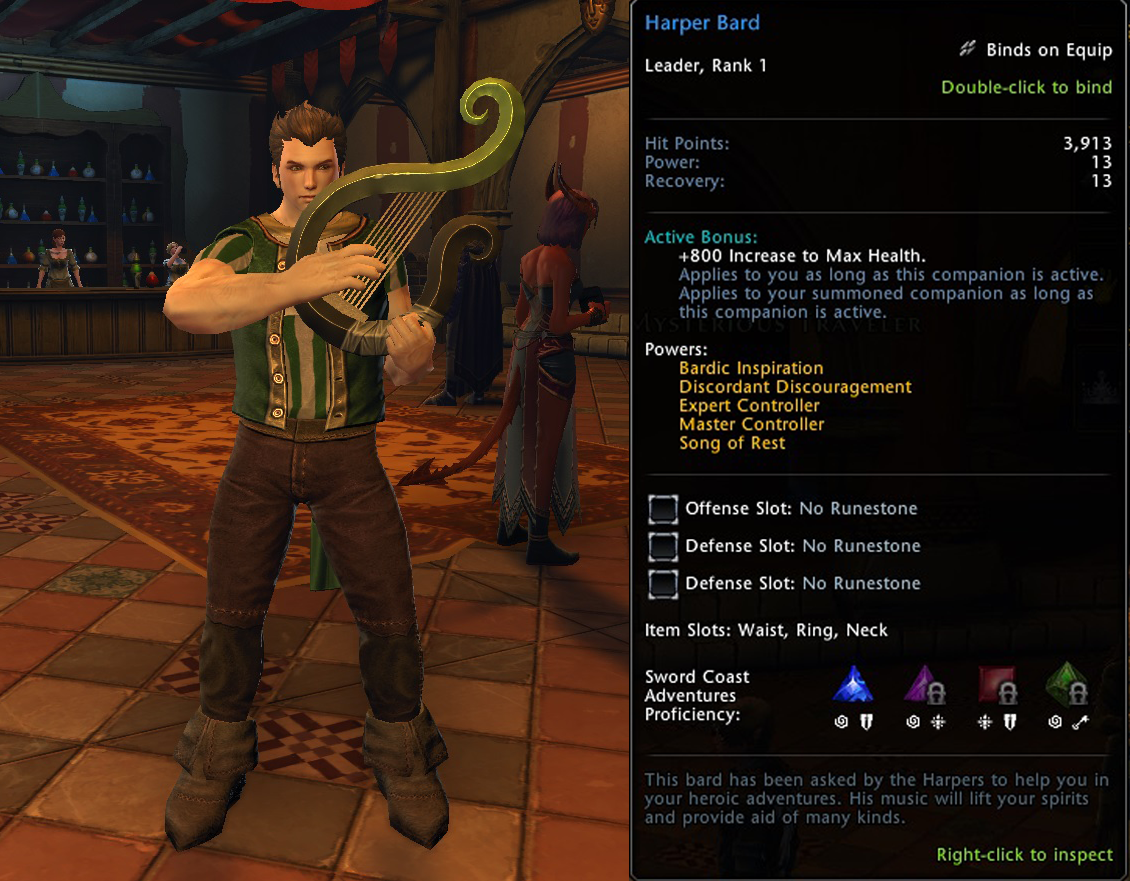
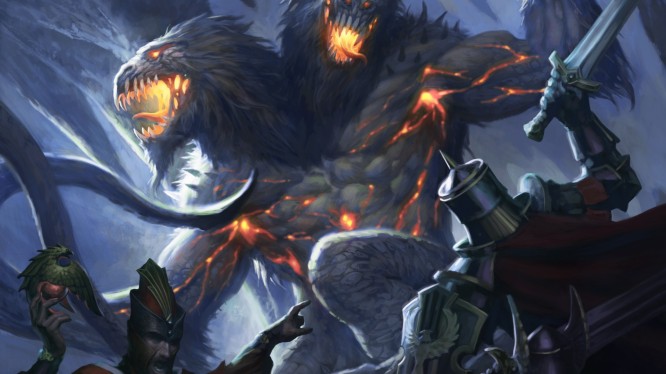 Neverwinter Underdark Interview with Producer Lindsay Haven .
Neverwinter Underdark Interview with Producer Lindsay Haven . Trove Interview With Andrew Krausnick
Trove Interview With Andrew Krausnick Elder Scrolls Online: Cyrodiil .
Elder Scrolls Online: Cyrodiil . Eco: A PvE Survival Game? .
Eco: A PvE Survival Game? .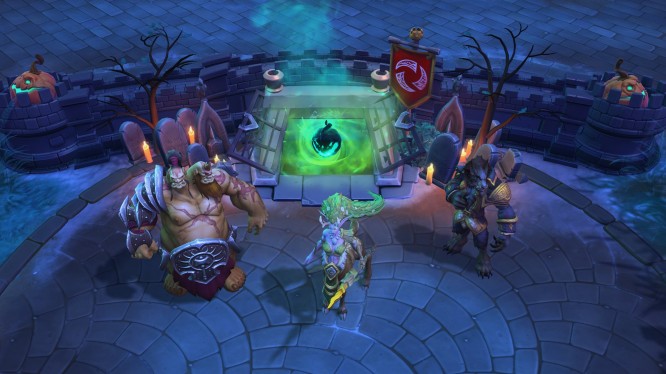 MOBA Monday: Hands-On at BlizzCon .
MOBA Monday: Hands-On at BlizzCon .